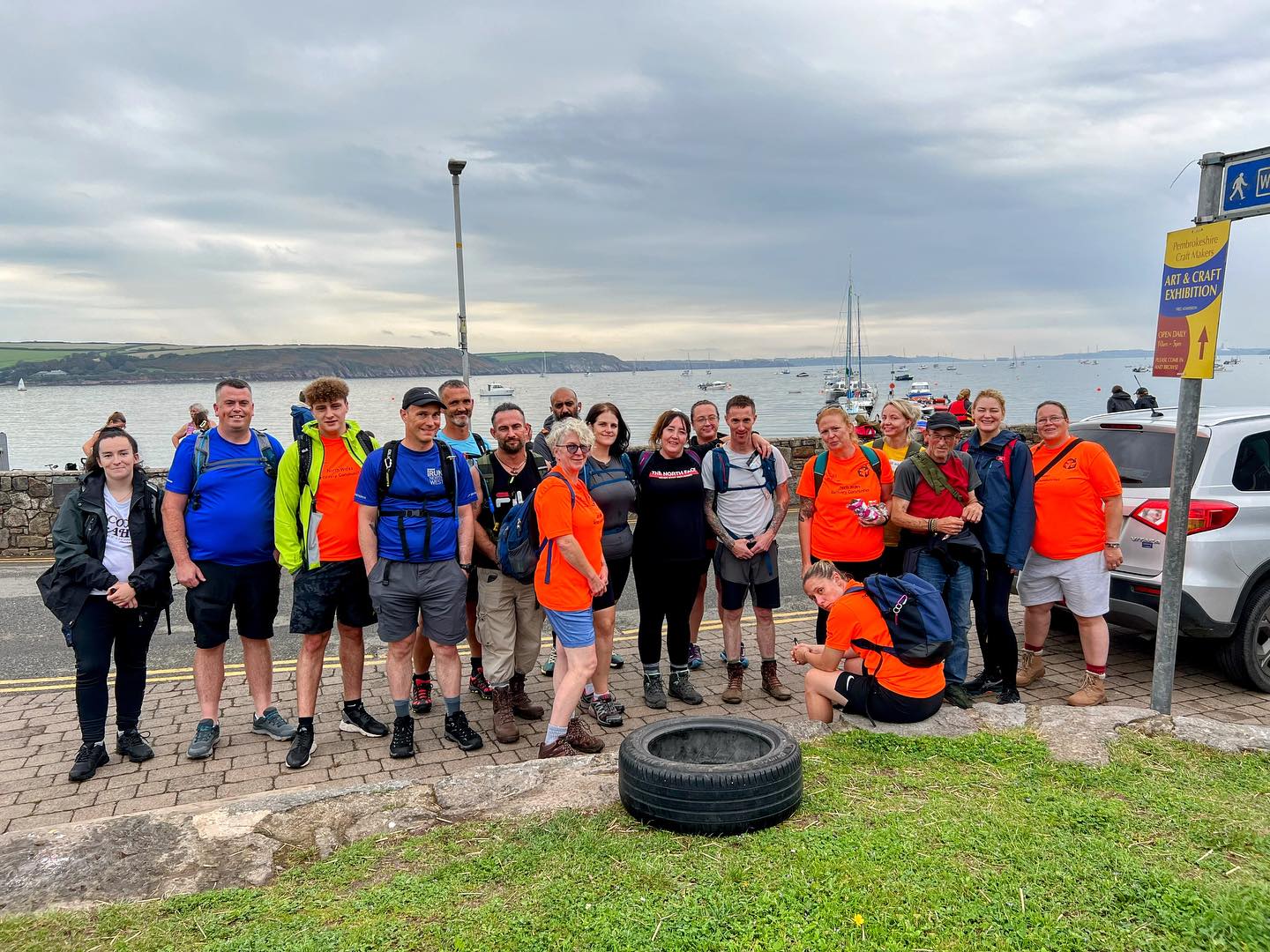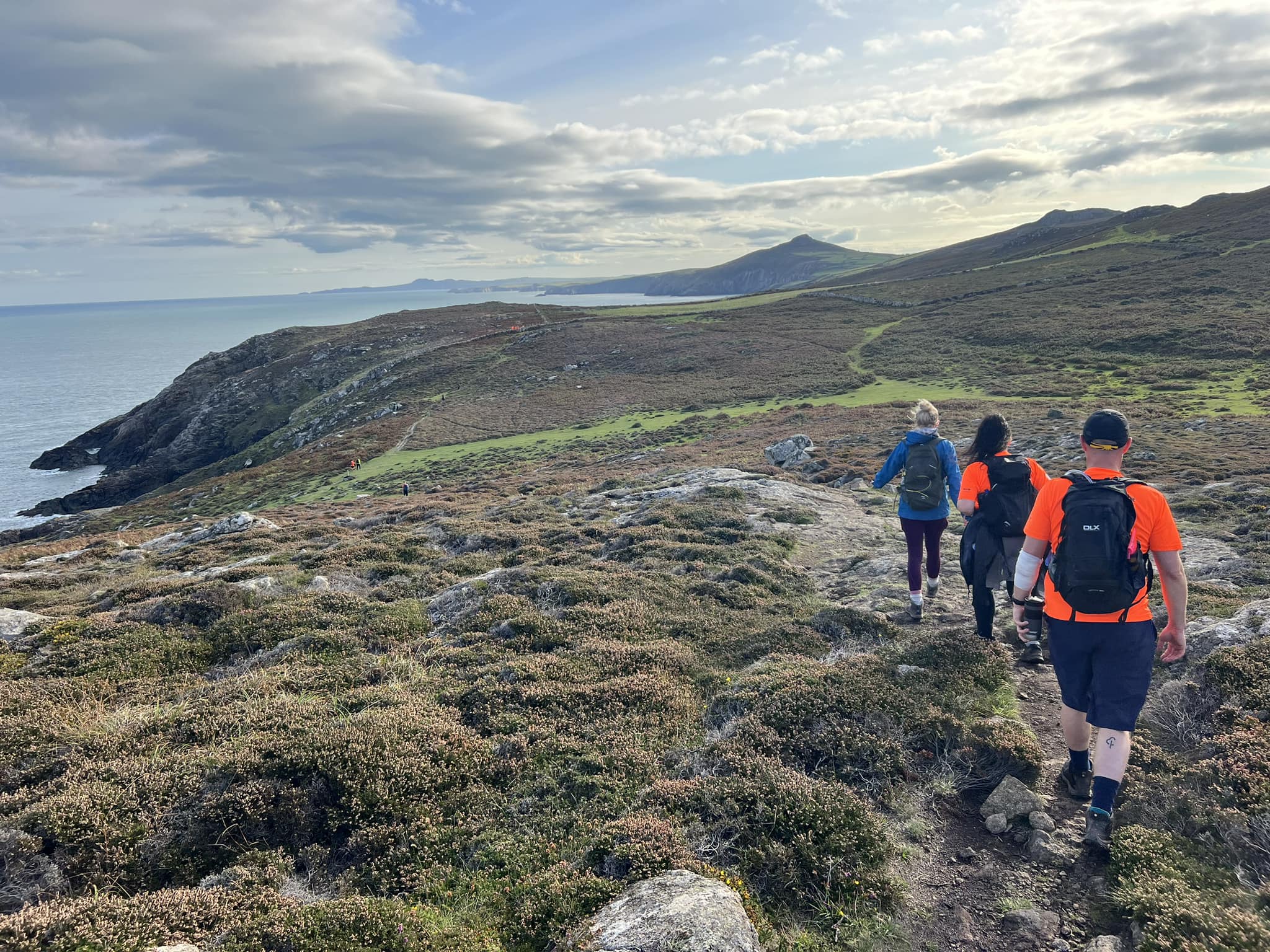One of the aims of our Recovery Voices initiative is to highlight the development and ongoing activities of peer-led recovery communities. We have focused initially on three communities—North Wales Recovery Communities (NWRC), Towards Recovery, and Eternal Media—following interviews with their Founders, James Deakin, Huseyin Djemil, and Marcus Fair, respectively. Each of the communities is different to the other two, although the two North Wales initiatives work together closely on some projects.
In this blog post, I focus on the development of NWRC, which is located in Bangor, summarising key points from my interview with colleague Wulf Livingston, who has worked closely with James Deakin and NWRC since the latter’s first days.
James Deakin is in long-term recovery form an addiction to cocaine. After moving from Manchester to Bangor, for reasons related to his drug-dealing days, James had a 10-year successful career as a chef, before working in the mental health field and then as a Drug Interventions Programme (DIP) worker. He became disillusioned with the treatment system, but was inspired at the 2010 Recovery Academy in Glasgow by recovery advocates such as Mark Gilman, the late Rowdy Yates, and David Best.
In 2015, James invited Wulf to come along and see Penryhn House, the former youth hostel in Bangor, telling him that he had a vision for the place and asking him what he thought. He wanted to use the place for a recovery community and call it North Wales Recovery Communities (NWRC). He considered it very important that NWRC was not like a traditional rehab, ‘sealed off’ from the community in which it is embedded. He wanted the residential part of NWRC to be integrated with the surrounding community.
During their meetings, Wulf and James decided that the latter’s vision could not be realised using standard drug and alcohol commissioning money, as too many restrictions and regulations would be imposed on NWRC. They would be subservient and have to deliver the type of service the commissioners wanted.
After a tough initial period, NWRC received two years funding from the Department of Work & Pensions, with the simple aim of getting people on benefits who hadn’t ever attended a job interview to just get over this hurdle. The funding allowed NWRC to employ two workers. With new guys coming into NWRC, a momentum built. Mutual aid groups such as AA started to visit Penrhyn House to deliver sessions. NWRC organised external activities, such as walks and football games, and a boxing ring was set up in Penrhyn House. Growing food in the huge garden commenced.
People who wanted to recover from addiction started to come to Penrhyn House and eventually a stage was reached when a significant number of people in Penrhyn House were active in recovery. Even though James was the man behind the development of NWRC, a number of recovering community members were now helping James move things forward. Also of importance was the fact that some friends of recovery—people who were not necessarily in recovery themselves—were advising James on certain matters and helping the community develop.
A very important part of James’s initial vision concerned the permeability of Penryhn House—activities would seep in and out of the place. This permeability increased over time and NWRC moved from being a singular community to an initiative with multiple communities. Once there was enough recovery in the house, recovery that was in the external local community, such as AGRO (Anglesey and Gwynedd Recovery Organisation), was invited into the house. Individuals in the house went out into the local community and did acts of giving, and later the whole house engaged in activities that helped the local community.
The Covid lockdowns helped explode the profile of NWRC and the size of its footprint, in that Penrhyn House delivered many hot meals and food parcels to people in Maesgeirchen, a large housing estate located on the outskirts of Bangor. Ultimately, the lockdowns led to a meeting with someone in the Health Board who asked whether this activity could happen on a larger scale, and then to the setting up of Bwyd Da Bangor (Good Food Bangor), NWRC’s cafe/restaurant.
James had wanted to make recovery visible and challenge the stigma which is so common in the field. He started to set up challenges for community members, such as a 100-mile in a week challenge. One year, he got 12 people into a mini-bus and they walked Hadrian’s Wall in a week. Other walks were organised and they were filmed by Marcus Fair and his team of Eternal Media.
The number of NWRC Trustees had expanded over time, and included expertise in law and finance, essential given the complexity of the organisation into which it had grown. NWRC is now the umbrella for three different legal community interest companies—the residential, the cafe, and the Growing for Change initiative.
In a latest development, NWRC has several big local businesses—nothing to do with the drug and alcohol feudal or the health sector—who have said, ‘We really like what you are doing for the individuals in the community. How can we support you with our financial muscle?’ These companies have no interest in wanting to influence the direction of NWRC’s journey. In the coming months, NWRC will move into a new renovated building.
In our interview, Wulf points out that it’s been an eight year journey for NWRC and there may well be problems ahead. But today, there are over 200 people in North Wales who are connected with NWRC and are sustaining a long-term recovery!
In my humble opinion, the NWRC story is really quite amazing and there is much we can learn from the experiences of this recovery community. Please check out the films relating to this development in one of NWRC’s community pages on this website. And I will later be posting a blog on the Principles underlying NWRC.
I’ll leave you with two photos from this year’s NWRC 100-mile walk which took place in Pembrokeshire, South Wales, in September 2023.




